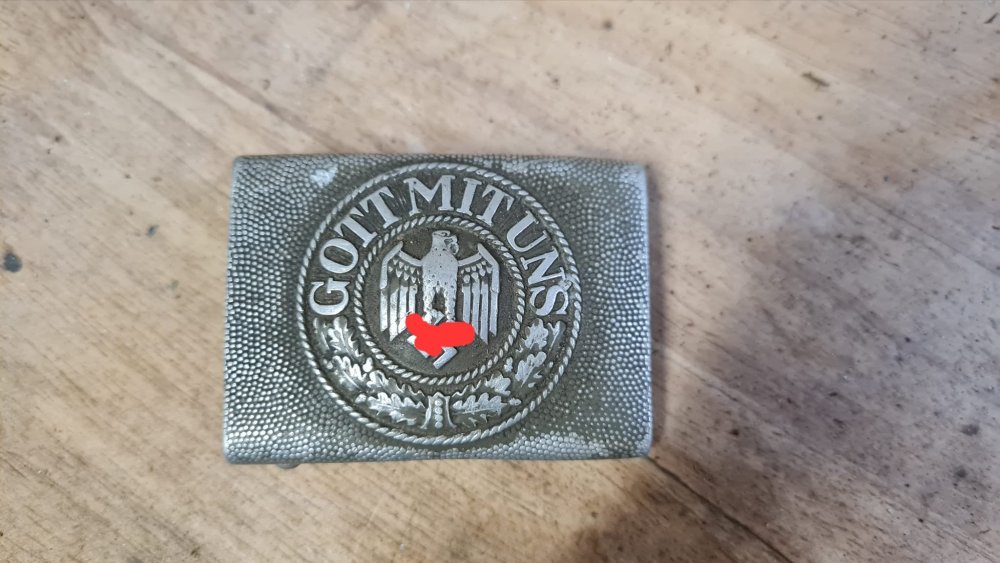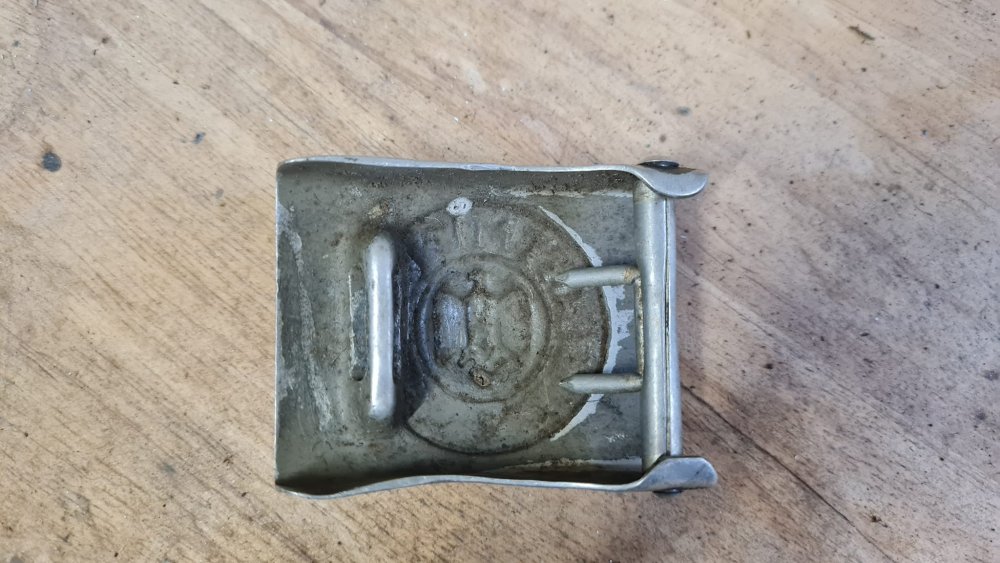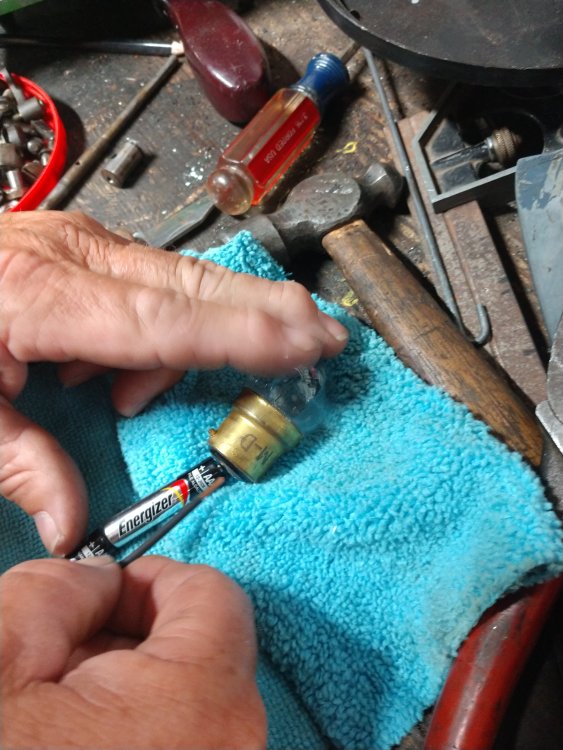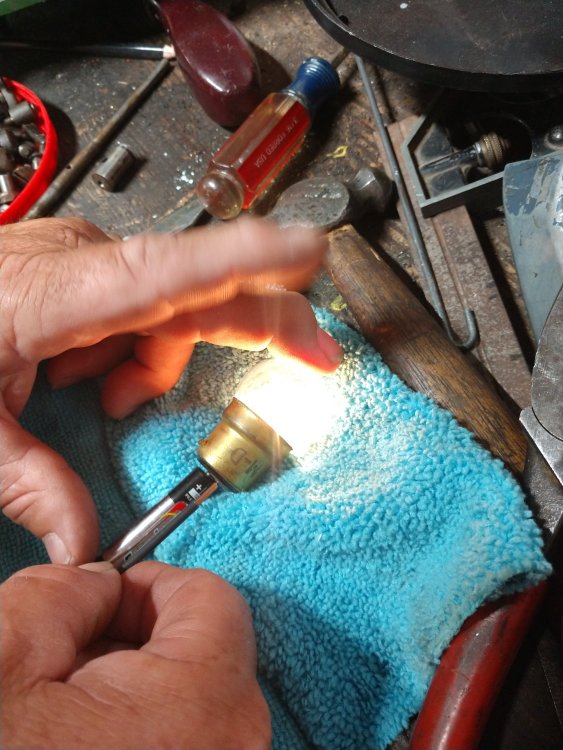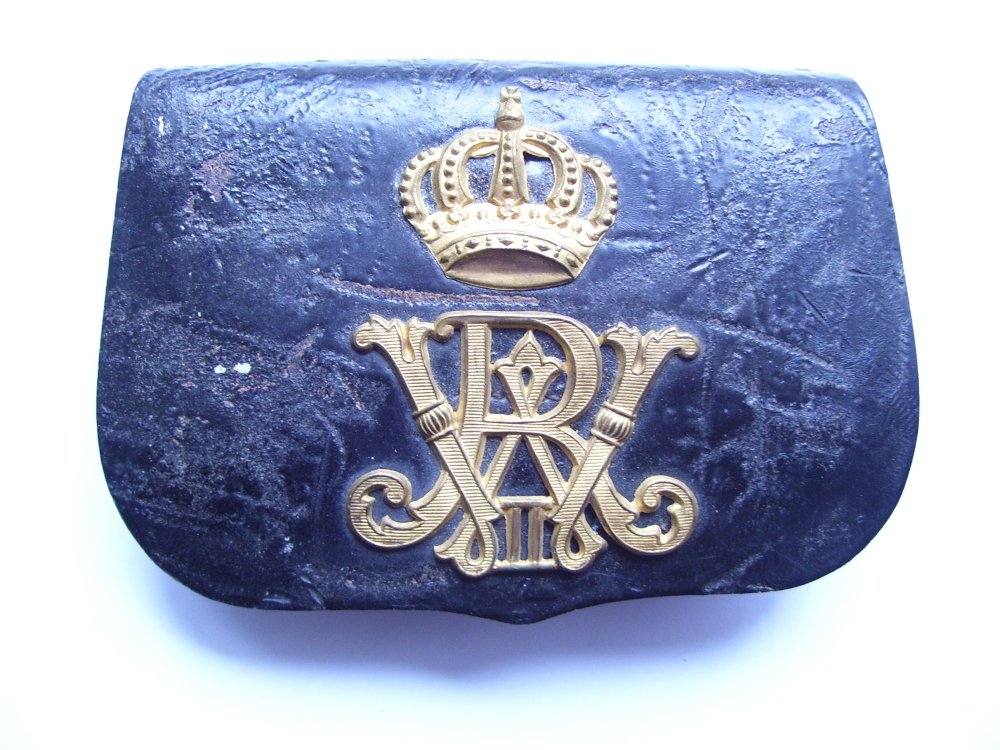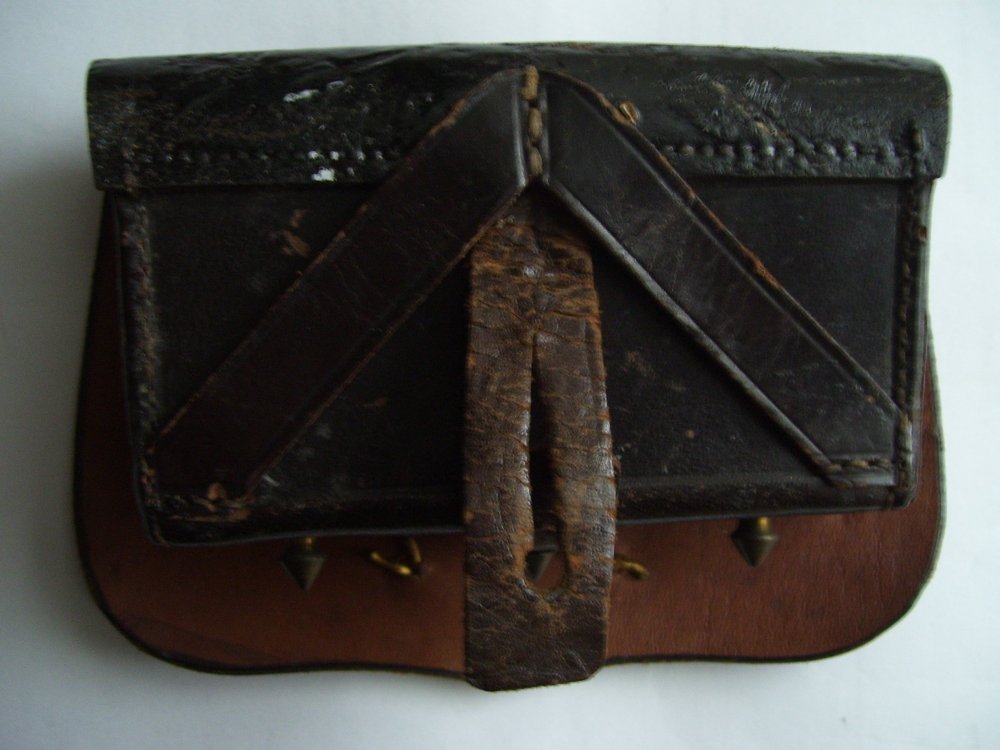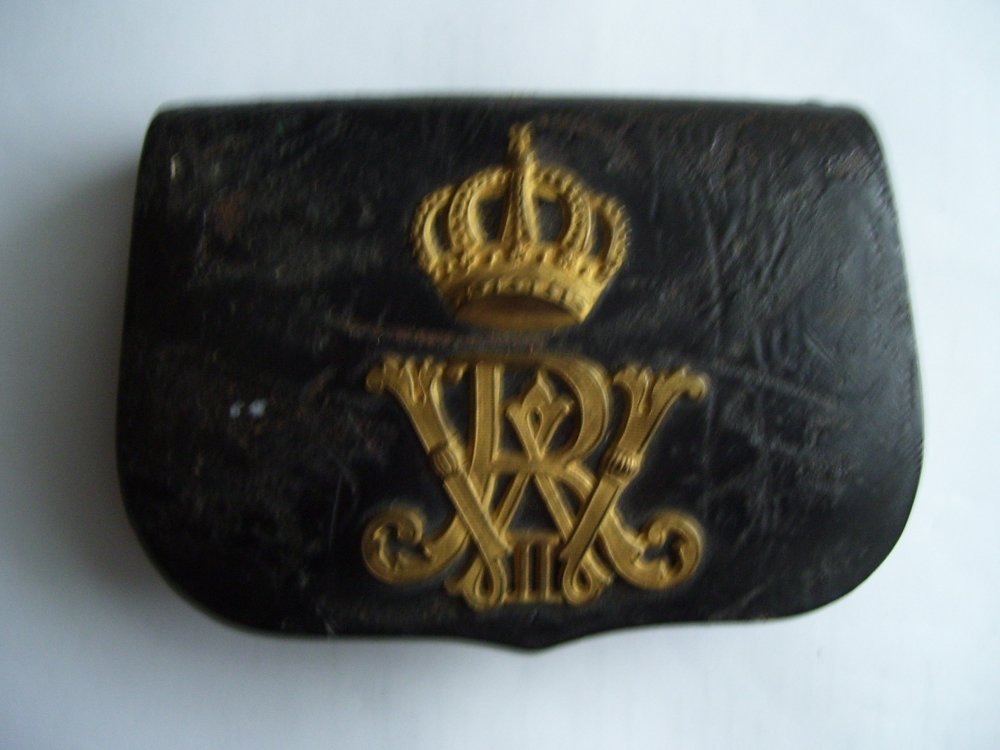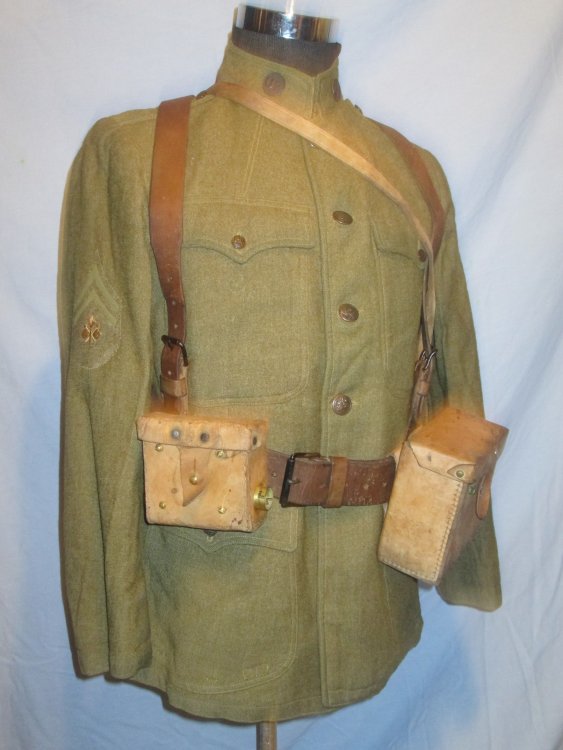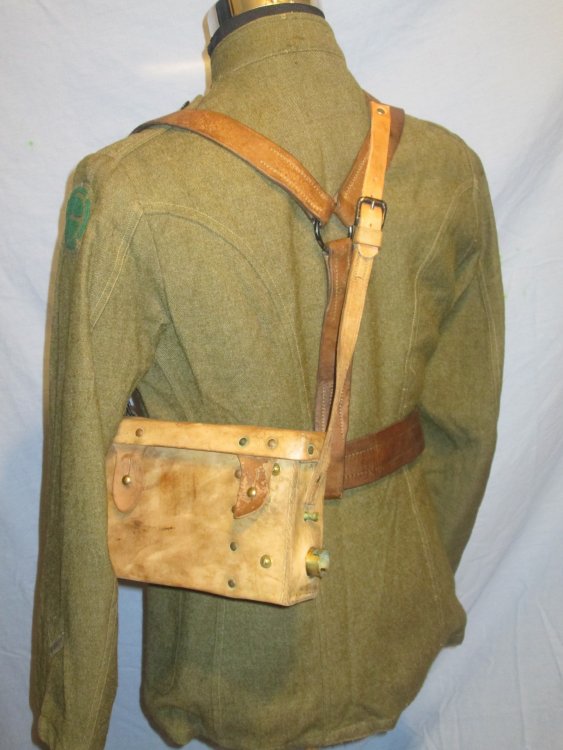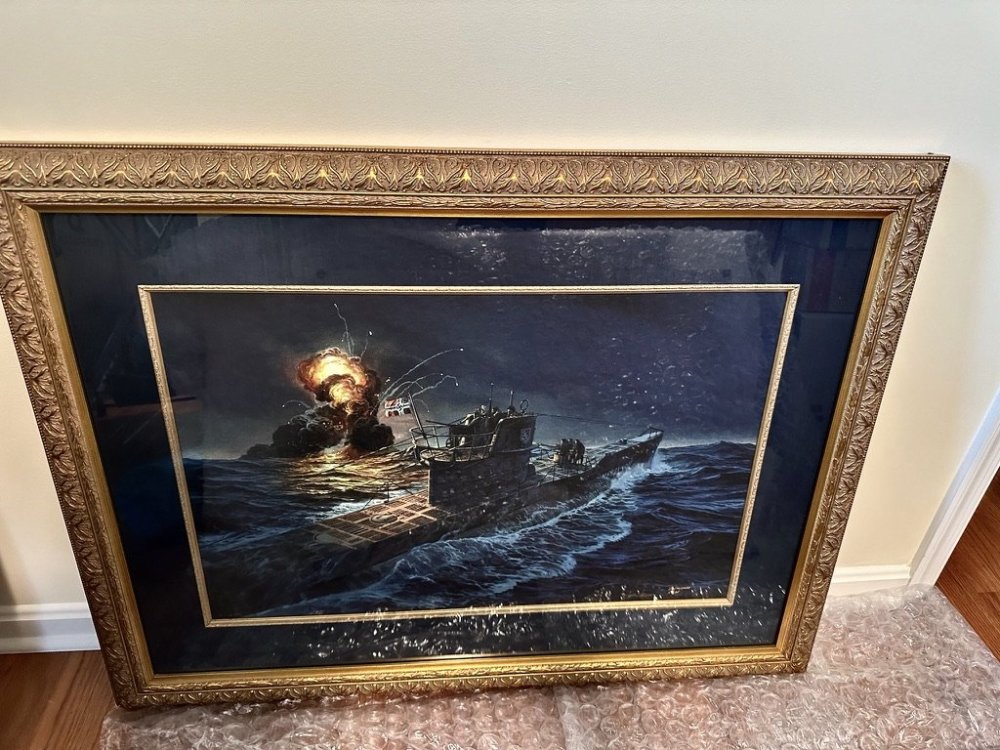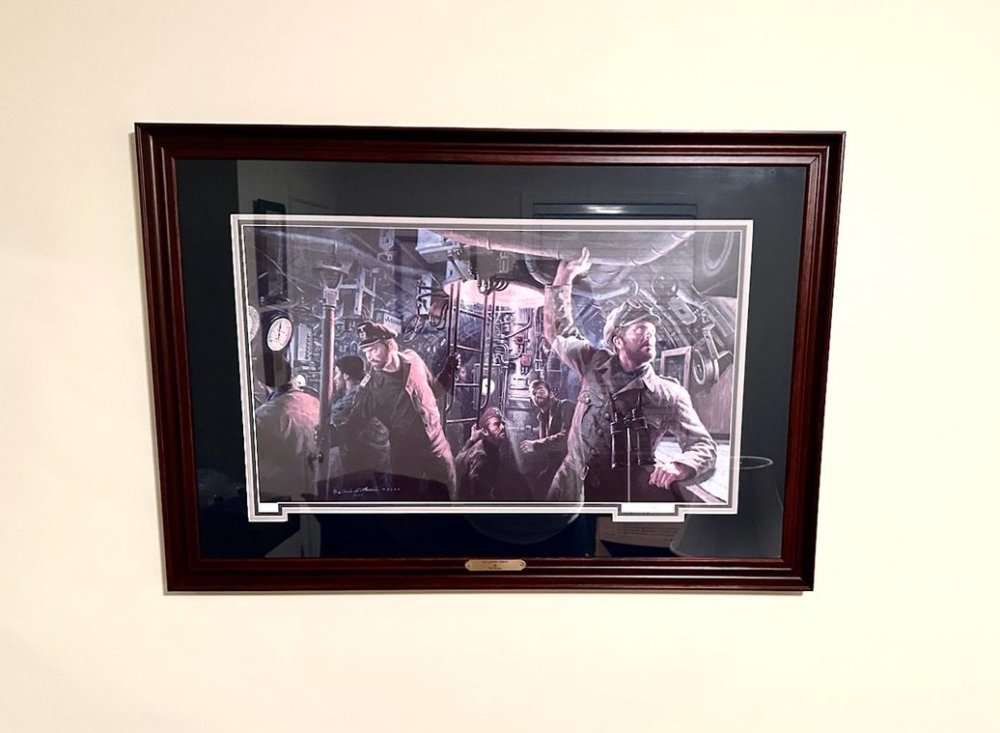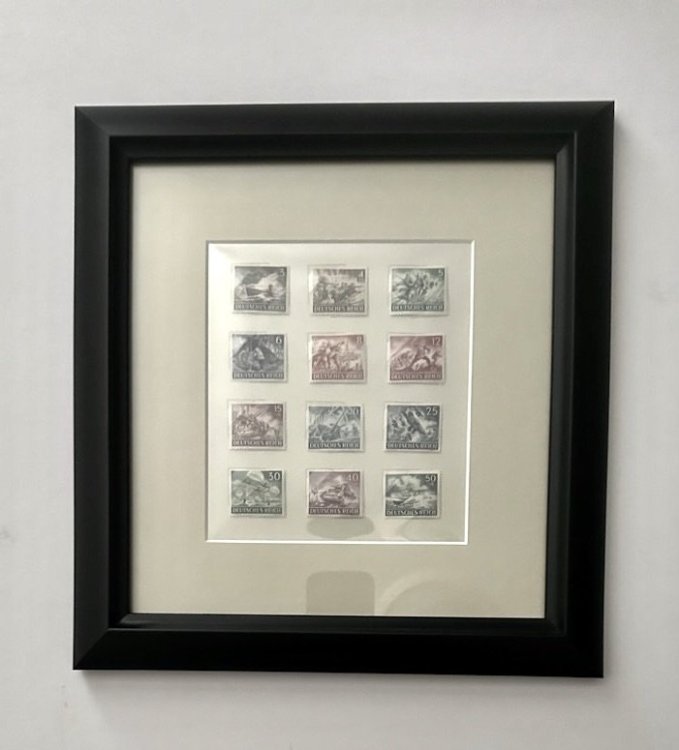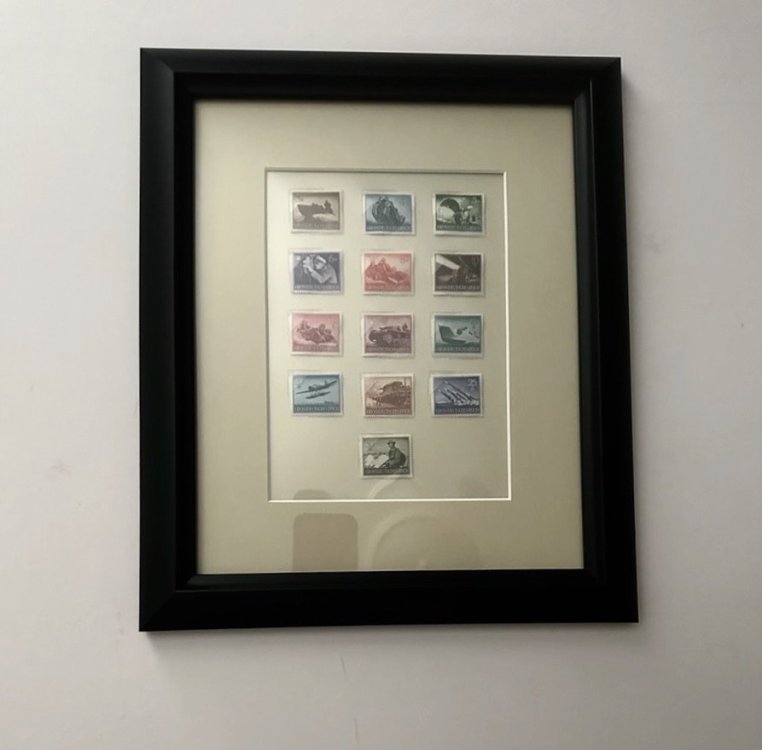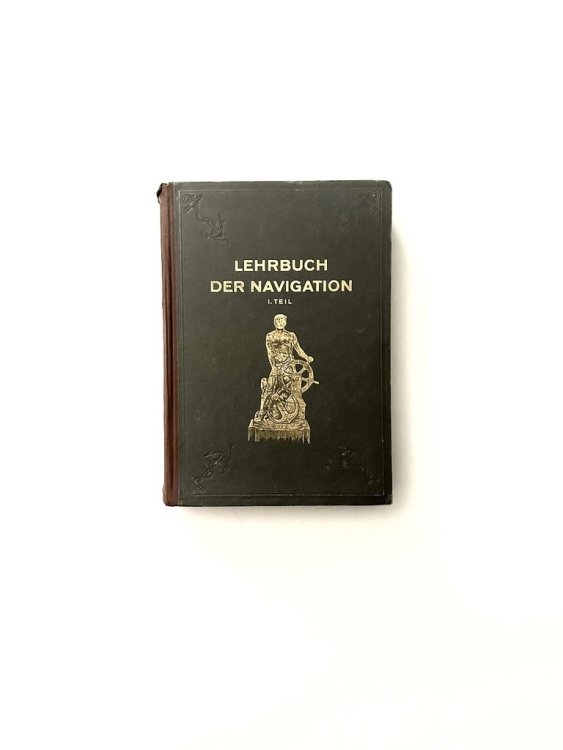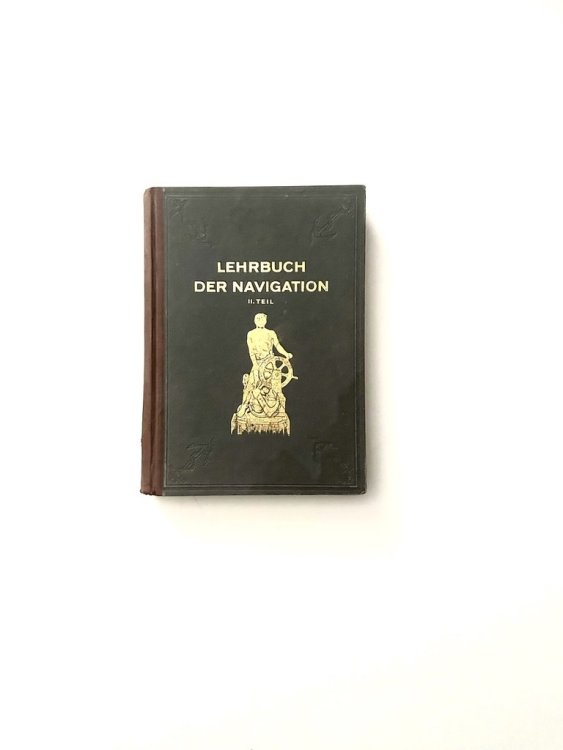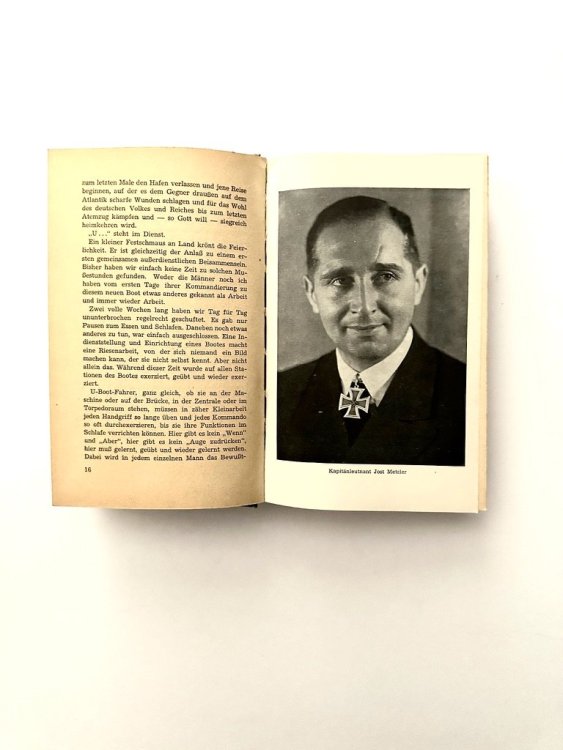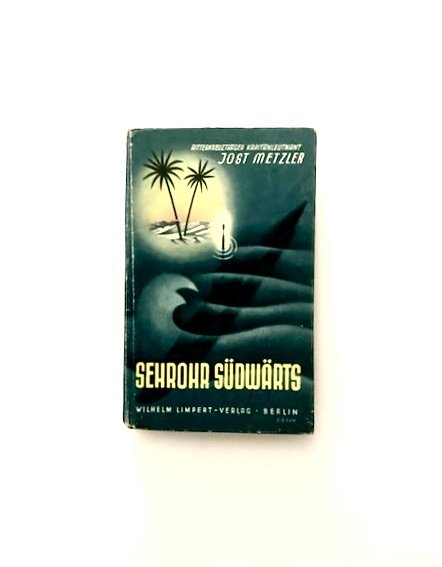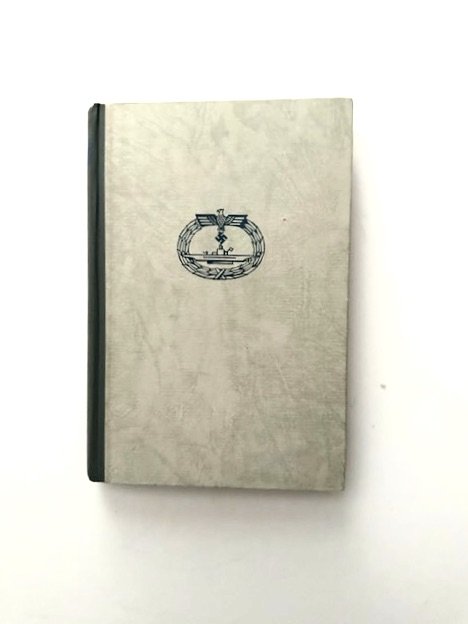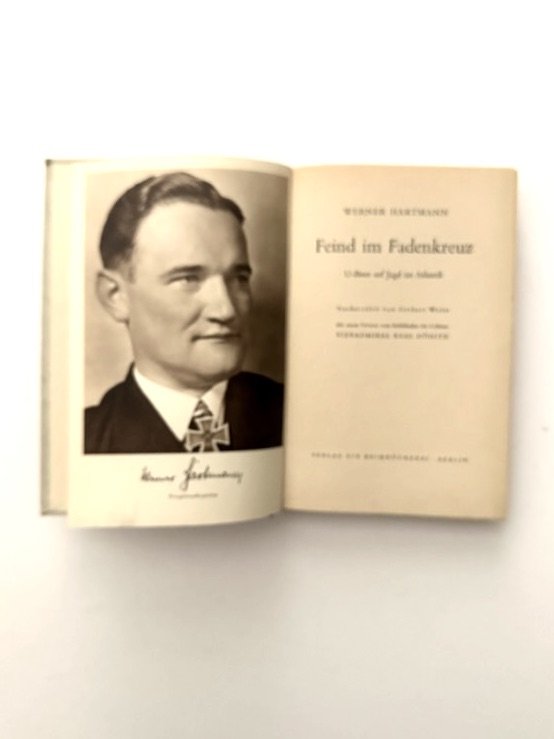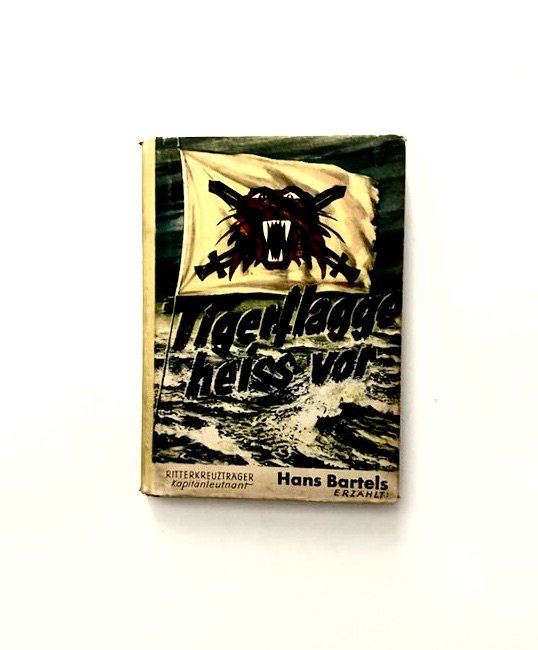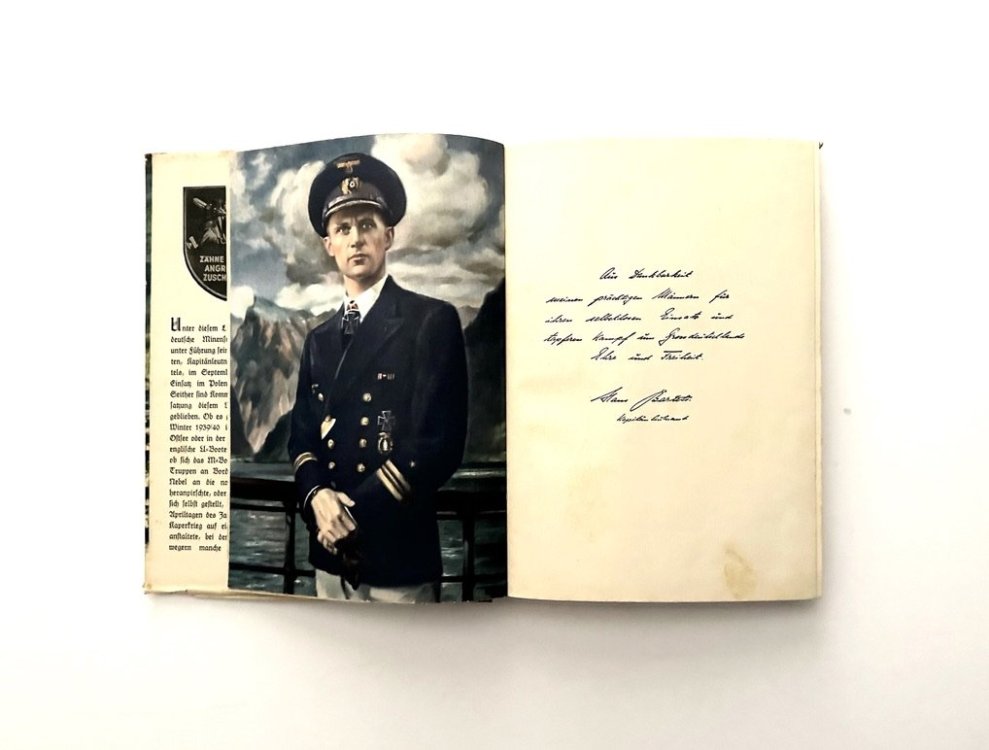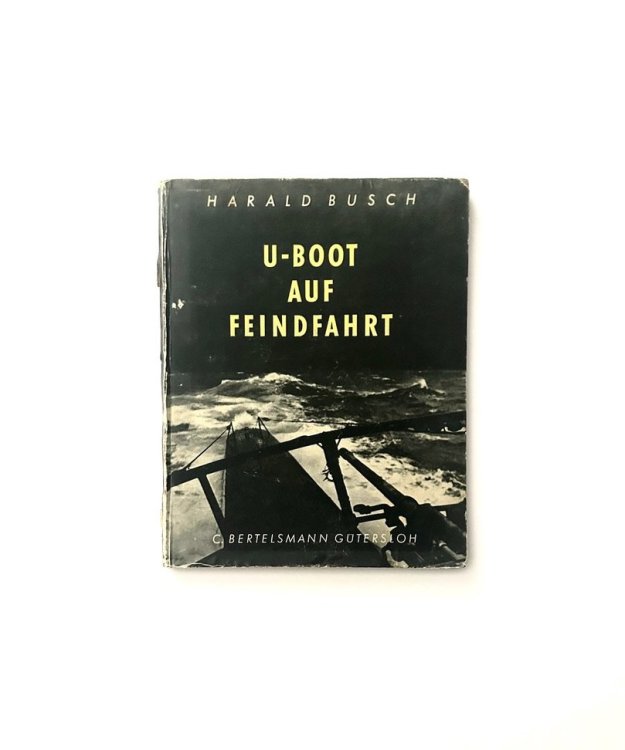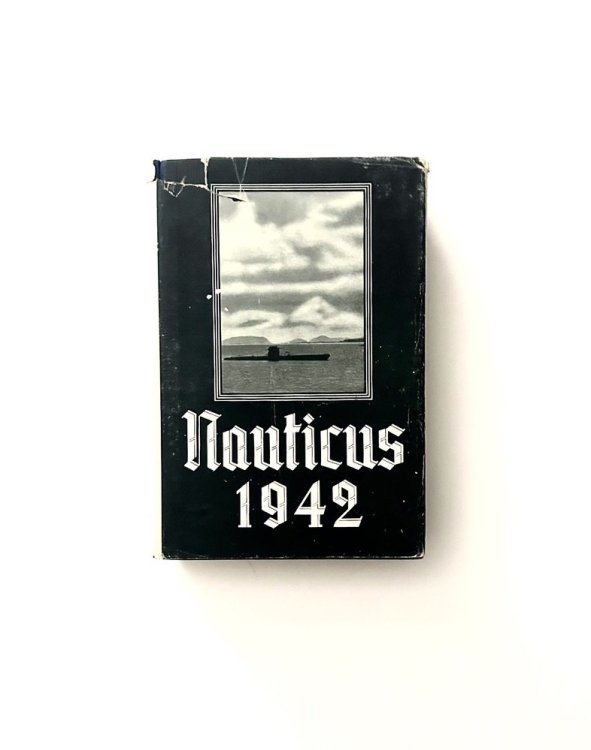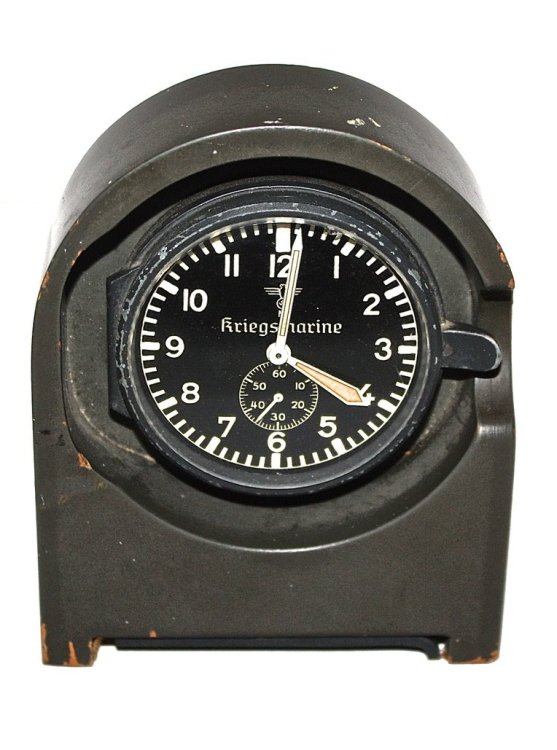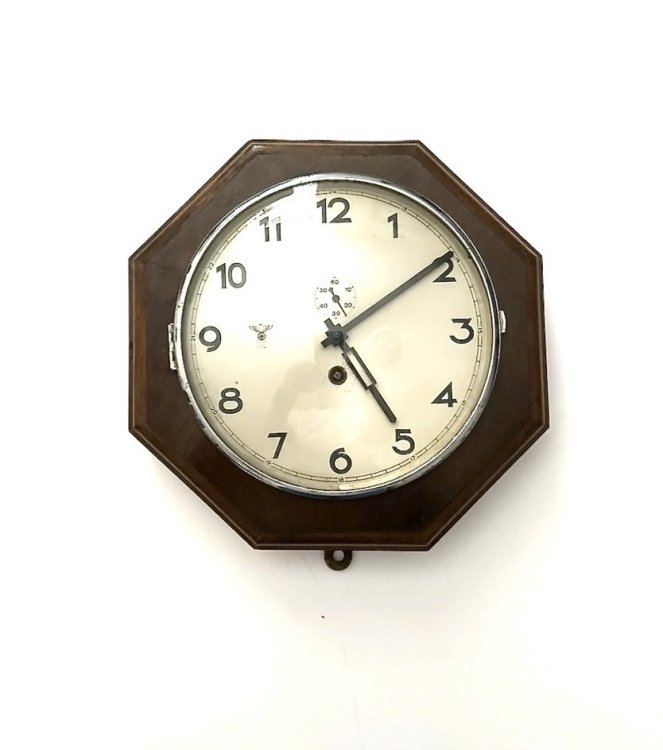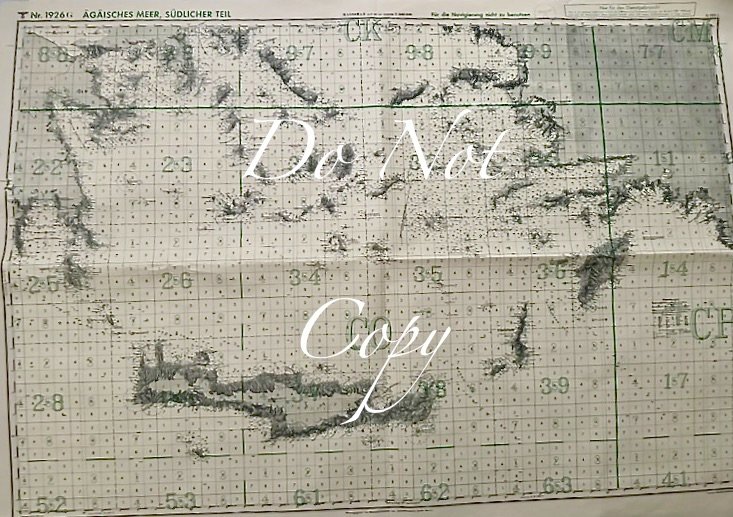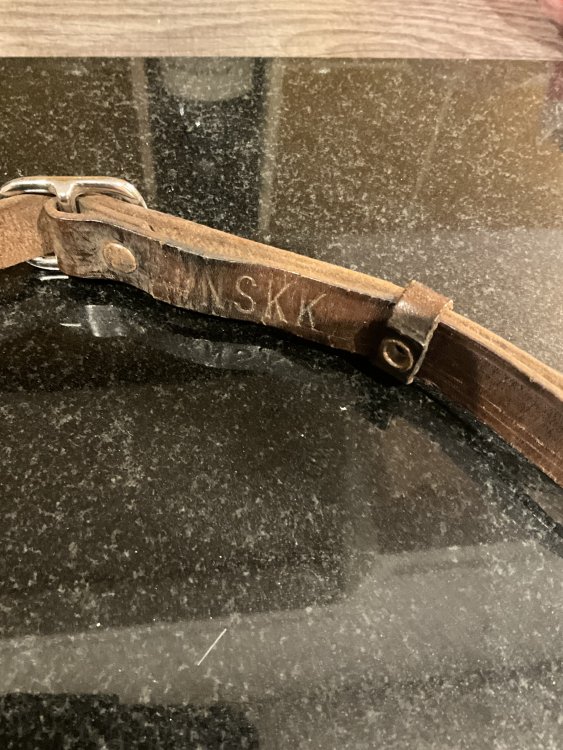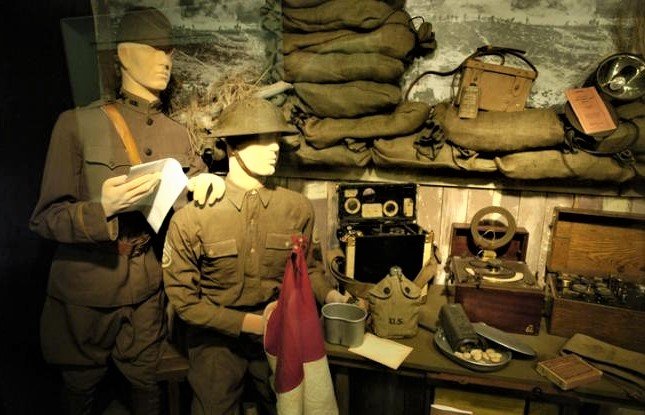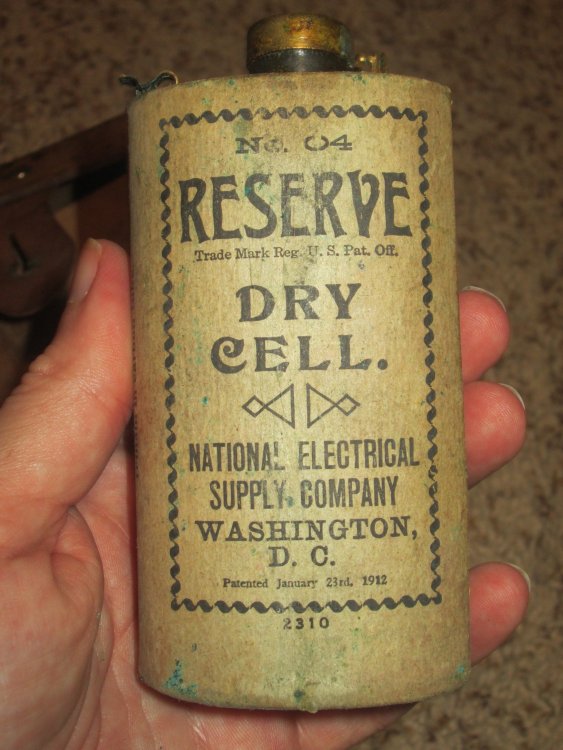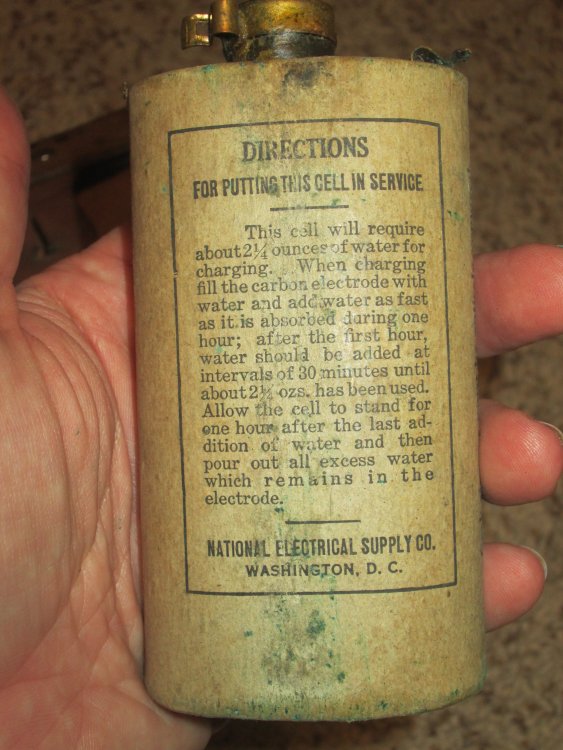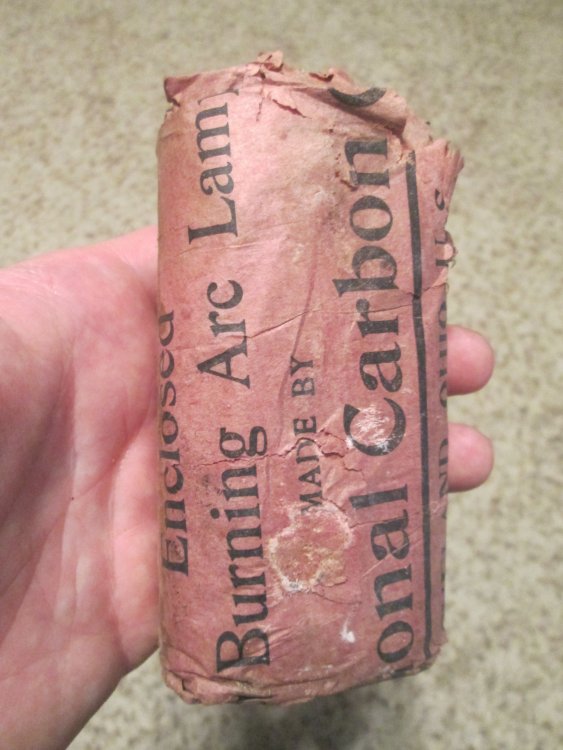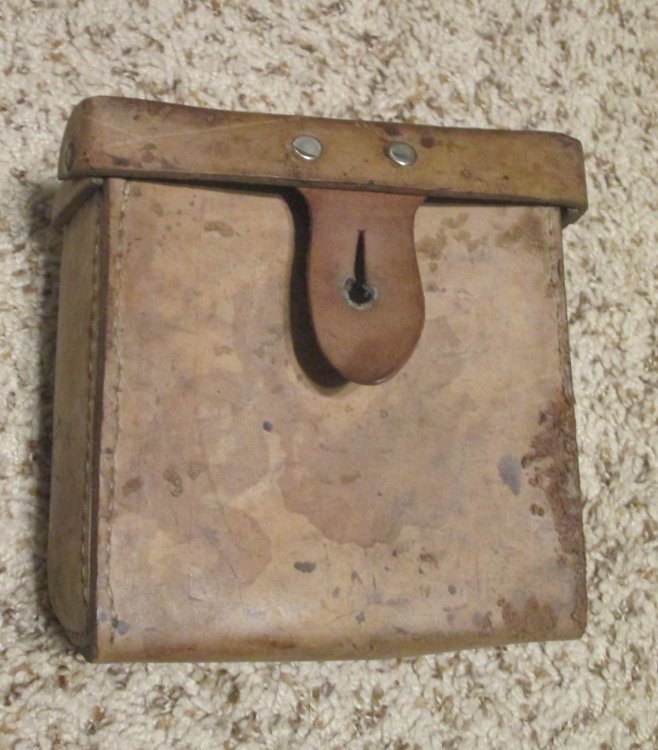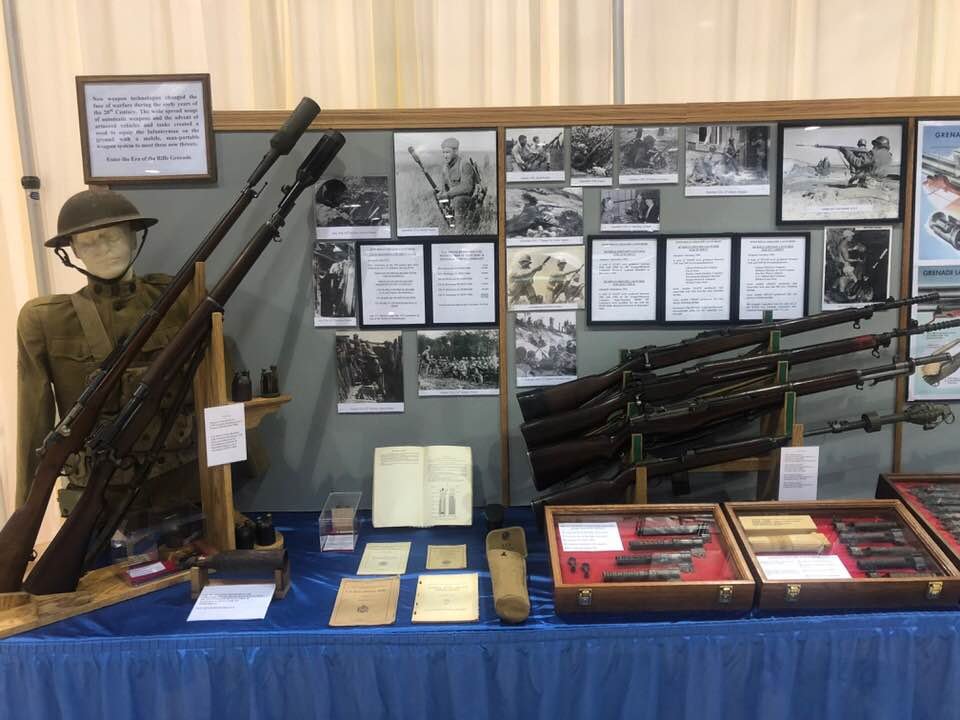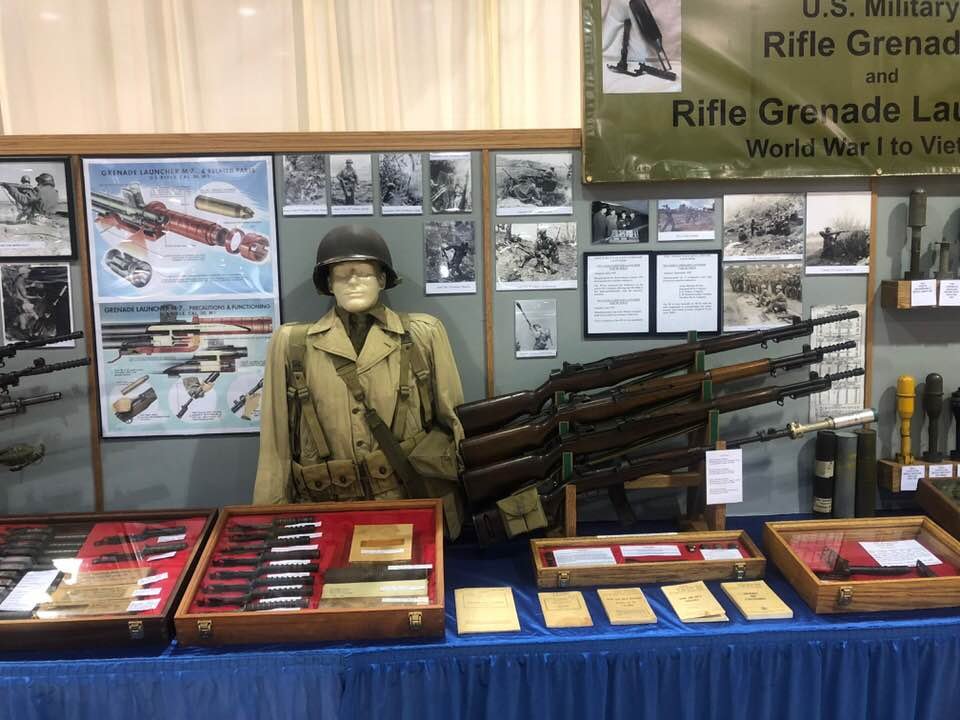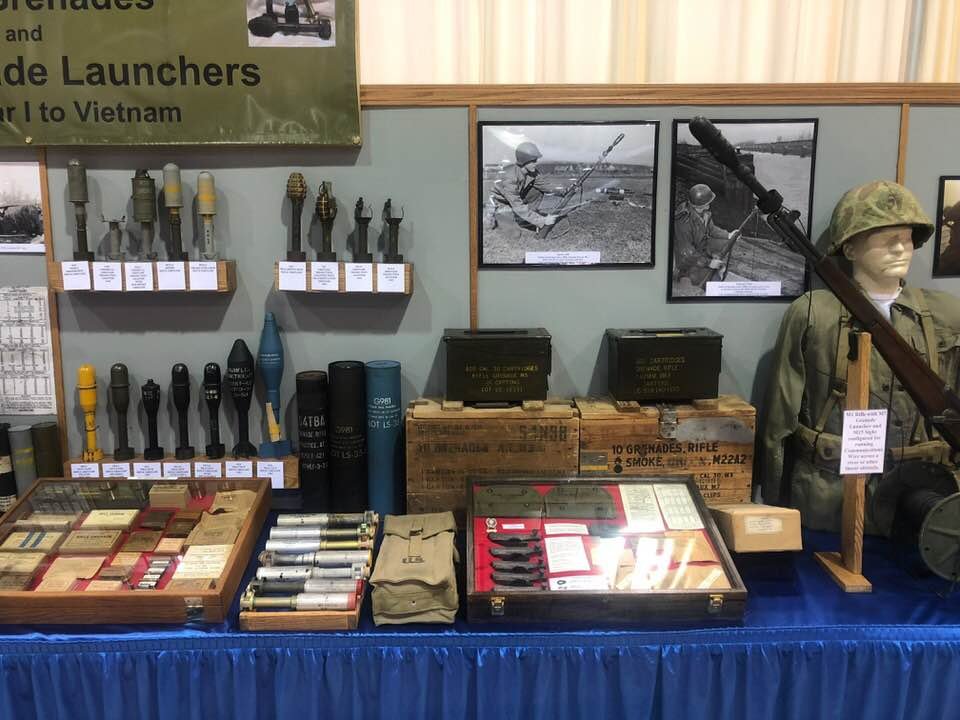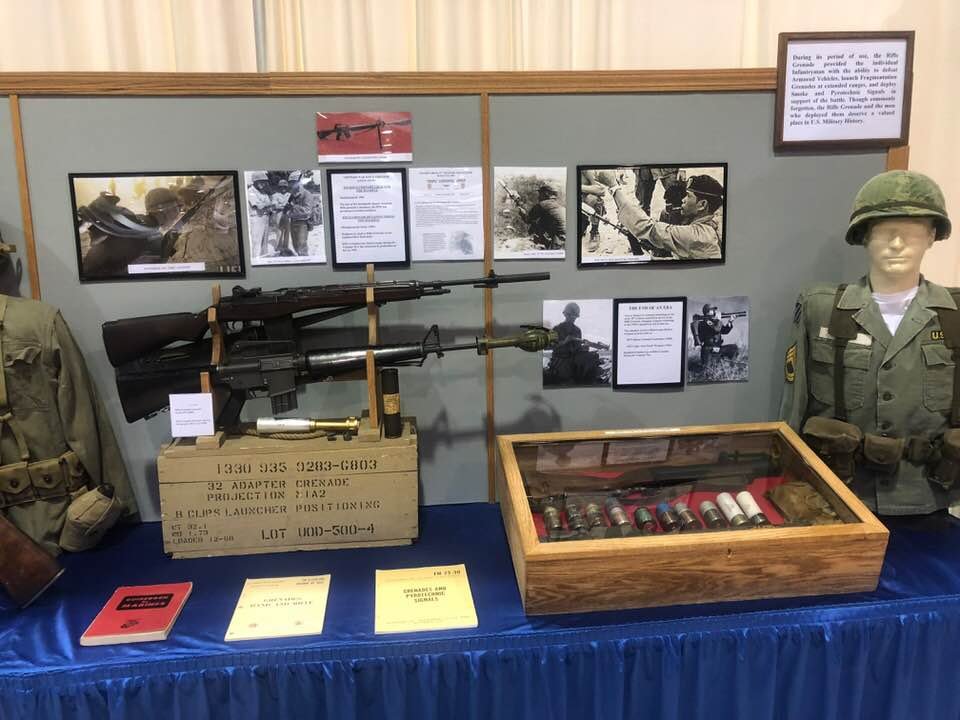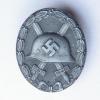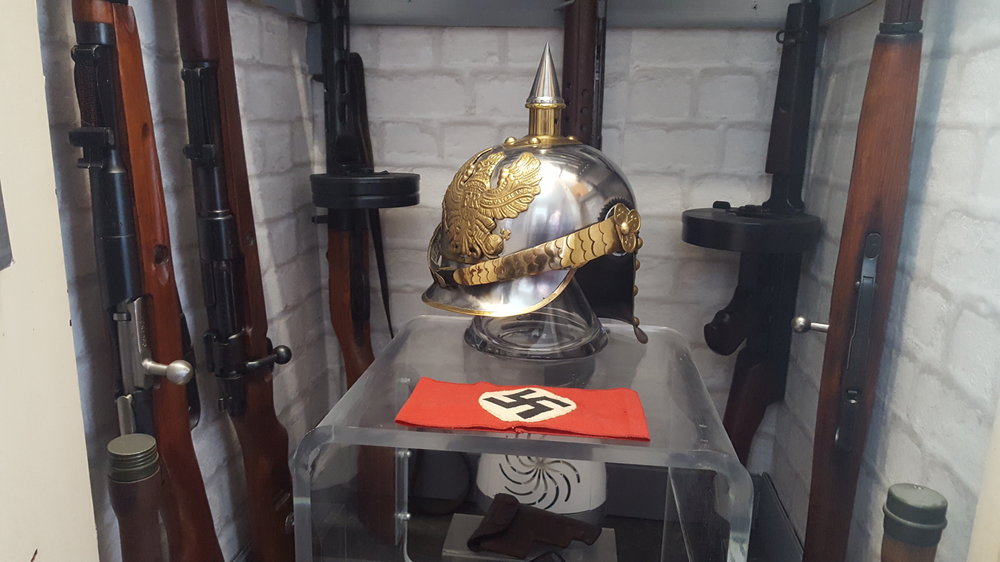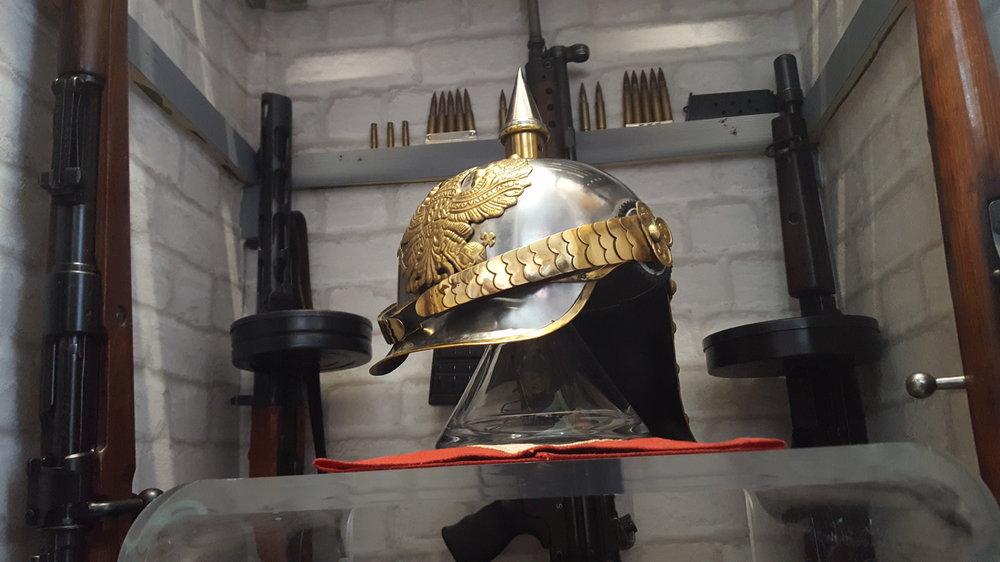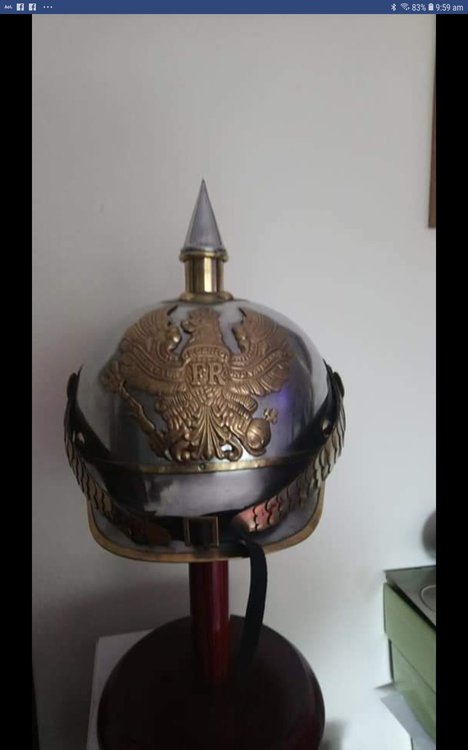Leaderboard
Popular Content
Showing content with the highest reputation on 22/02/24 in all areas
-
4 points
-
3 points
-
Yes Fritz, I agree, while the details on the front are very crisp, the rear side looks very odd, the details should be the same if not better on the back side.3 points
-
The front looks very sharp with what looks very like original paint finish, the back looks strange3 points
-
2 points
-
2 points
-
Hello Fritz, as mentioned earlier, I purchased a small amount of these tabs from a large collection being broken up. Lots of other tabs such as SA, Luftwaffe, etc. However, I am focusing on the NSKK tabs as they are not easy to come by.2 points
-
Here is an interesting item, a WW1 era US Signal Corps battery powered signal lamp kit. I love oddball items such as this by the way. So this kit was used pre-WW1 and probably would have been used into WW1 if not for advances in radio and field telephones. Although this and other obsolete items were still in the manuals of the time, realistically it most likely was not used in WW1. This kit typically consists of a leather belt and suspenders, a small leather box capable of holding 1 battery and a key switch, this was used to communicate Morse. Additionally a spare battery box was worn that held 4 extra batteries, and sometimes a larger shoulder strap leather box could be used that held 5 batteries and had a lamp hook up and signal key (shown on back of mannequin). I got this kit complete in the original packing crate, which held 4 lamps, and several leather straps, as well as extra batteries, which were wrapped in paper, and spare bulbs (these are particular hard to find spares for). The batteries were 3 volt and lasted about an hour if constantly used. I did test one of the original batteries, added water and charged it, and it still worked!1 point
-
1 point
-
1 point
-
1 point
-
1 point
-
Pictured is a signed limit edition print by Tom Freeman entitled 'Attack at Dawn.' The print depicts the U-132, commanded by Kptlt. Ernst Vogelsang, attacking and sinking one of the five ships from the crew's war patrol of 10 June -16 August 1942. Purchased this print years ago, I finally had it framed and delivered today. This fantastic print will hang in my home's guest room. I apologize for the reflection of the bubble rap.1 point
-
1 point
-
1 point
-
1 point
-
Pictured from my collection are two Navigation Textbooks (Part I and Part II) for the Kriegsmarine and Merchant Navy. These books were published at the request of the High Command of the Kriegsmarine and the Reich Ministry of Transport, 1942. Navigation Textbook, Part I . Navigation Textbook, Part II.1 point
-
Pictured from my collection of kriegsmarine antiques is a book about Jost Metzler (1909-1975), captain of U-69 and U-847. Under Metzler the U-69 sunk 11 ships (56,318 tons) between February and June 1941. He was awarded the Knight's Cross on 28 July 1941. Nice cover art on front of book. Photograph Jost Metzler.1 point
-
Picture from my collection is a book about Werner Hartmann (1902-1963), the captain of U-26, 37, and U-198. Commanding the U-198, he completed the third longest war patrol of 200 days ever undertaken by a U-boat captain. U-boat babge on cover of book. Picture of Knight's Cross winner Werner Hartmann.1 point
-
Pictured from my collection of Kriegsmarine antiques is a book about the exploits of Kapitanleutnant Hans Bartels (1919-1945), awarded the Knight's Cross on 16 May 1940 for his naval action in during the Norwegian campaign . Great art dust cover of book. Art of Kapitanleutnant Bartels on deck of minesweeper M1.1 point
-
1 point
-
1 point
-
1 point
-
Pictured from my collection of Kriegsmarine antiques is a 'Wardroom Clock ' housed in an octagonal wood case (11x11 inches) with key (not shown). This timepiece has a brushed steel face with Arabic numerals and is marked with an Eagle over M. The clock’s hour and minute hands are made of blackened steel above which there is a second sub-dial. The clock keeps time.1 point
-
Picture from my collection is a 'Grid System' map of the southern part of the Aegean Sea that is an elongated embayment of the Mediterranean Sea. This system of mapping was used by the Kriegsmarine for locating, reporting, and vectoring its ships and U-boats. See the below link below the image to learn about the German Naval Grid System used during WWII. https://en.wikipedia.org/wiki/German_Naval_Grid_System1 point
-
1 point
-
1 point
-
1 point
-
1 point
-
1 point
-
1 point
-
1 point
-
Hello Fritz, 3 pips would be a Sturmführer. My bin items are odds and ends such as helmet parts, buckles, buttons, pins, etc. Some are displayable; however, I do not have the space to display them properly.1 point
-
1 point
-
1 point
-
1 point
-
1 point
-
1 point
-
I will be repairing the crate and will post images once done, I am also planning on making a replica for display use at shows, etc.1 point
-
1 point
-
1 point
-
1 point
-
1 point
-
1 point
-
1 point
-
Here is my WW1 British Rifle Grenade set. This is the No. 1 Mark III rifle (SMLE-Short Magazine Lee Enfield), chambered in .303, a very sturdy, well made weapon, with a nice smooth action of the bolt, it held 10 rounds internally, a huge advantage over other rifles which normally held around 5. British, Commonwealth and even US troops used this rifle in WW1 with great effect. This rifle is fitted with a rod grenade and launching cradle. The cradle is mounted with the bayonet to the rifle, so the cradle is sandwiched between the rifle and bayonet. The grenade (inert) which is a No. 23, Mk3 rod type, this grenade could also be used without the rod as well. The grenade body is marked "H & TV 1917", the base plug is also marked "No. 23 . 111" "H & TV LD" with and additional "18". The rod was screwed to the base plug then inserted down the barrel of the rifle. Once the grenade was in place, a soldier would insert blank cartridges to use to fire the grenade. When the soldier was ready to fire, he would pull the pin of the grenade, the spoon will not come off as it is held by the cradle. The soldier will load a blank round and fire the weapon, typically at a high angle. Once the grenade leaves the cradle, tension on the spoon is released, causing the fuse to start. Rod grenades were a good way to increase the range of hand grenades, however they caused a lot of wear and tear on the rifles. These rifles were usually located in a portion of trench away from other troops in case of an accidental explosion as the explosives and fuses were not 100% reliable and safe. Another consequence of using rod grenades is that troops sometimes forgot to switch the ammo out, so a soldier could mistakenly fire a live round instead of a blank into the grenade with disastrous results. As rod grenades fell out of favor, the cup types that attached to the end of the barrel took precedence, these however also put a lot of stress and wear on these weapons. The grenade has a reproduction spoon, rod and pin, all other parts are original. The grenade cradle is modern reproduction as well, as they are extremely rare and expensive, so a nice mock up suits me for display purposes.1 point
-
1 point
-
Here is my latest find, a VB Launcher for the US M1917 Enfield rifle. This is the twist on type, with a metal spring band to hold the sight and muzzle firmly while in operation. Un-Dug examples are very hard to find. Near the muzzle of the launcher you can see a knurled band, this was so that soldiers could feel the difference at night or in dark conditions. This version and the version for the M1903 Springfield are virtually identical, the M1903 does not have the knurled band however.1 point






